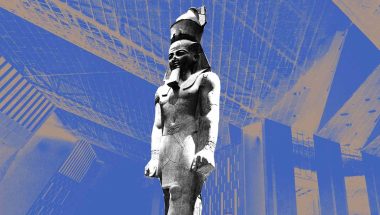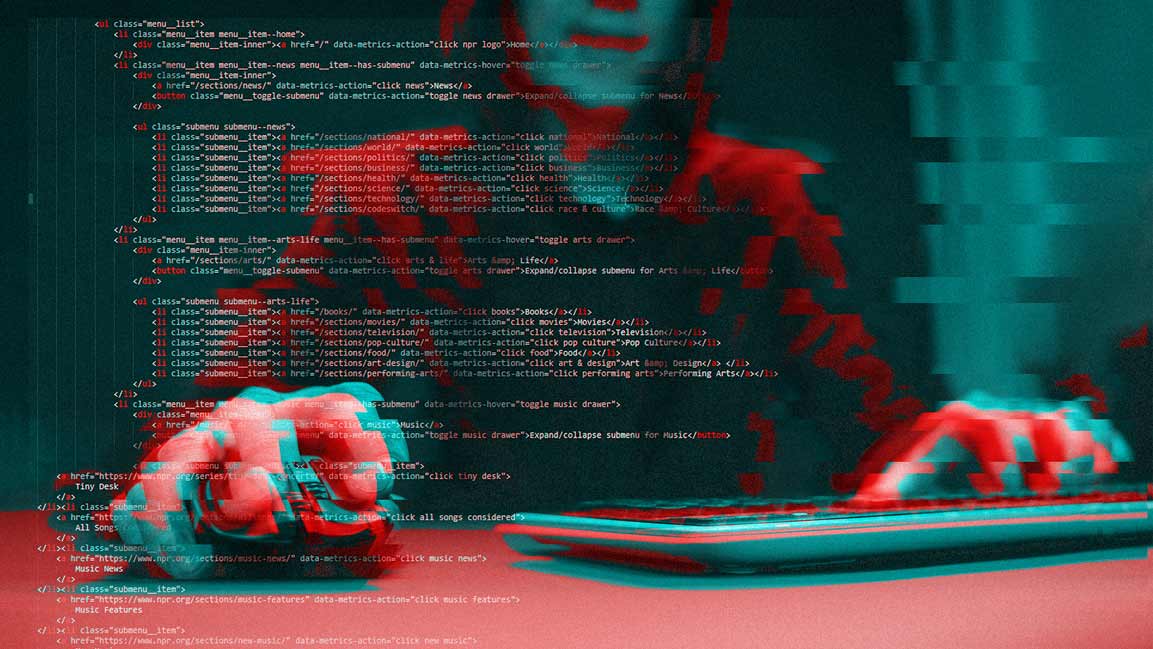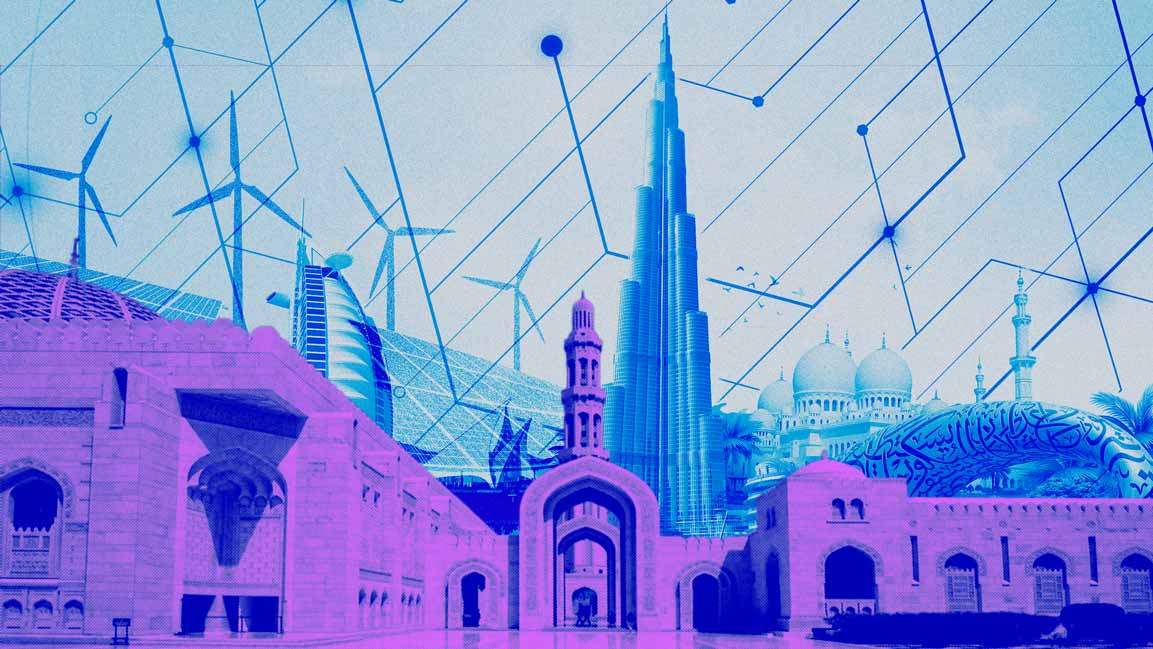- | 3:00 pm
11 crypto leaders on this chaotic year, and what’s next for 2023
Despite obvious setbacks, many in the industry remain hopeful that this moment could be the dawn of a new era.

Cryptocurrency’s meteoric ascent, then spectacular crash back down to Earth—in the span of roughly two years—might go down in history as one of the strangest, most thrilling, most vexing, head-spinning, and heartbreaking sagas of the internet age. And 2022 was both the peak and the valley.
At the beginning of the year, money flowed like bubbly, fresh off the rush of a record-high $70,000 Bitcoin price the previous November. NFT collections pumped left and right. Actors Matt Damon and Larry David popped up in Super Bowl commercials, trumpeting crypto for the brave and bold, comparing it to literal space flight. The erstwhile $32 billion crypto exchange FTX partied with erstwhile power couple Tom Brady and Gisele Bündchen in the Bahamas. On Twitter, NBA stars like Steph Curry and rappers like Snoop Dogg transformed into bored apes from $4 billion Web3 company Yuga Labs.
Then, in what seemed like the bat of an eye, springtime became crypto winter. In May, the Terra-Luna stablecoin system imploded, evaporating $60 billion and plunging the market into what would become a deep freeze. Then Celsius fell. Then Three Arrows Capital. But perhaps most earth-shattering, in November—one year after Bitcoin’s big hurrah—FTX, one of the brightest stars in the crypto industry, was sucked into a black hole of its own making. Its collapse hit like a supernova. And the hundreds of industry players in its orbit have spiraled into chaos.
This is where 2022’s story ends, and it was a doozy (Hollywood movies are already being made). But with a new year around the corner, new possibilities await. As lifeless as crypto may seem now—like the dark, cold expanse of deep space—many in the industry remain hopeful that the vast potential of crypto technology itself can evolve, and that this moment could be the dawn of a new era.
Here, 11 crypto founders and leaders on what comes next.
JOE LAU, COFOUNDER AND CTO, ALCHEMY
- “In 2022, we learned just how resilient the Web3 community is. Despite macro-market headwinds and massive scandals like FTX and Terra-Luna, we saw developer activity grow by almost four times over the last 12 months.”
- “I think we’re going to see more massive brands enter the Web3 space in 2023. Even during the bear market, with Bitcoin and ETH [Ethereum] losing roughly 75% of [their] combined value, brands like Meta and Starbucks rolled out blockchain-based initiatives to billions of people around the world.”
YAT SIU, COFOUNDER, ANIMOCA BRANDS
- “The FTX incident was a huge reputational setback for blockchain and crypto projects. It has become more important than ever to distinguish between ‘Wall Street crypto’ (powerful financial bias driven by greed) and ‘culture crypto’ (games, utility, publishing, art, media, etc.). Too many people still view all of blockchain and crypto solely through the lens of financial instruments rather than as the pathway toward true digital ownership.”
- “Clear regulation brings clarity and legitimacy to our field, as we have seen happen in places like Hong Kong, which has announced crypto ETFs [exchange-traded funds], and Japan, where regulators have welcomed the new technology. Of course, regulation can also slow things down and adversely affect interest, but most projects are already thinking about how to deal with increased oversight.”
- “Over the past few years, a number of triple-A crypto games have been in development and will begin launching in 2023, which is the year when we will see gaming and culture boost Web3 adopters to well above 100 million.”
JOHN WU, PRESIDENT, AVA LABS
- “About 80% of all coins in circulation will go out of business. This will be good for the industry, as far too many projects have been speculative at best. Only top projects will be able to keep raising funds to remain well capitalized, and companies that over-leveraged or locked themselves into big costs will suffer.”
- “Lots of money is still on the sidelines at VCs and hedge funds. They will come back to the crypto market in 2023, but will only invest where there is utility. More and more sophisticated investors/corporations/businesses will become validators on public blockchains and earn a yearly percent yield on their tokens.”
- “New leadership will emerge from the industry, especially people with track records of success in commerce and business. However, young talent with no prior experience won’t have such powerful seats going forward.”
- “Stablecoin regulation will come in the second half of the year and it could give a boost to crypto.”
- “Centralized and decentralized exchanges will coexist and compete: CEXs will have a mountain of regulation coming their way in order to custody client assets, while users who prefer self-custody will use DEXs.”
MICHAEL GRONAGER, COFOUNDER AND CEO, CHAINALYSIS
- “After a tumultuous year, 2023 will be an opportunity to create a better and safer blockchain ecosystem. Crypto is a cross-border, instantaneous, and cheap way to exchange value, and I believe the demand for that is only going to increase.”
- “No sector of the crypto ecosystem embodies transparency more than DeFi [decentralized finance], where all transactions are visible and the code behind protocols is in the open for all to see. In 2023, the entire crypto industry needs to strive for this level of transparency. We know the existing financial system isn’t working for most people. Achieving the right balance between consumer protection and innovation will mean working closely within the industry and with policymakers across jurisdictions. Even in the absence of regulation, there is an opportunity for the crypto industry to work toward standards of conduct, including reporting on reserves and other disclosures.”
JEREMY ALLAIRE, COFOUNDER AND CEO, CIRCLE
- “The fantastic failures in crypto that hurt so many this year are not about blockchain finance or the failure of neutral, decentralized technology. They are mostly failures of leaders whose actions were rooted in hubris, greed, and in some cases fraud—which are older than money itself.”
- “The technological advancements we’ve seen on public blockchains are giving the financial system the internet superpowers of speed, lower costs, transparency, and audibility—and they’re here to stay.”
- “Just as stronger consumer protections and market conduct rules were established following the stock market crash of 1929, the Enron debacle, and the 2008 financial crisis, policymakers and regulators must do the same for digital assets. The year ahead promises stronger control structures, supervision, and policies to appropriately regulate new digital money like stablecoins.”
ALEX SVANEVIK, COFOUNDER AND CEO, NANSEN
- “Crypto startups will struggle as access to capital shrinks dramatically: shutdowns, layoffs, acquisitions, downrounds.”
- “Some crypto companies will move back to Hong Kong (at least one exchange).”
- “China opening up after Chinese New Year will give markets an uplift around H2 or a bit earlier.”
- “At least one Web3 game will explode in popularity. Most Web3 games will fail.”
- “The stablecoin sector will get more regulated. Singapore will attract at least one major player to shift a lot of the operations there (possibly HQ).”
HONG FANG, CEO, OKCOIN
- “There are a number of reasons to be optimistic about the crypto industry in 2023. Self-custody gives users direct access and control of their digital assets, which is a strong value proposition given the mismanagement of funds we’ve seen recently from a number of firms.”
- “The recent failures of FTX, Terra, and others have put the focus squarely on the industry to enhance transparency and regulatory compliance. The cryptography-based transparency mechanism, Proof of Reserves, which enables verification of exchanges’ crypto asset holdings and liabilities, has recently been adopted by a number of firms and is likely to become the standard measure for exchanges in the coming year.”
DEVIN FINZER, COFOUNDER AND CEO, OPENSEA
- “Crypto follows two- to four-year cycles, taking us from bear markets to bull markets and back again. The reality is, we’re less than a year into this crypto winter, and everyone in this space must rebuild trust before we come out of it.”
- “That said, each cycle builds on the last, and new use cases expand awareness and adoption. When it comes to NFTs, collectibles are perhaps the best-known use case, but they barely scratch the surface of what’s possible with this simple technology. While 2023 might not be the year NFTs go mainstream, my bet is that it’ll be a massive year for use-case development that will catalyze the next cycle of adoption.”
- “Recognizing that the killer applications of this technology may be yet unimagined—just like during the early days of the internet—I’m betting on gaming, redeemables and physically backed NFTs, event ticketing, and NFT-based brand loyalty programs to drive the next phase of growth and adoption.”
RYAN WYATT, CEO, POLYGON
- “We need to brace for the macro-market conditions as we likely head into a global recession. We’ll emerge with strong new companies in Web3, just like Amazon rose from the ashes of the tech boom and bust in the early 2000s.”
- “We’re going to see even more Web3 solutions that have a positive impact on society. This year we saw MSP Recovery and Tokenology tackling healthcare fraud with a claims tokenization platform that offers access to medical history, life-saving resources for patients, efficiency for providers, and fraud prevention for insurers, as well as police in India’s Uttar Pradesh state putting public complaints on a blockchain to ensure transparency and to root out corruption and bureaucratic inefficiency.”
ALEX SALNIKOV, COFOUNDER AND CHIEF STRATEGY OFFICER, RARIBLE
- “The challenge for 2023 will be to overcome the setbacks that were caused by bad actors this past year. Those who were burned by centralized crypto organizations will be reluctant to come back, and it’s our job as leaders in the space to reinstill trust in the industry. This poses a problem for the industry as a whole, but it will inspire us all to rethink our strategies.”
- “On the NFT side, I think we will see a shift in the way NFT trading operates. This past year we’ve already seen new innovations arise such as NFT aggregators, AMM [automated market maker] models, and upgrades to NFT tooling. Next year might be the year we see projects start to move away from centralized marketplaces.”
ANATOLY YAKOVENKO, COFOUNDER AND CEO, SOLANA
- “The foundation for everything that happens on blockchains is decentralized finance—even NFTs—and the long-term future for blockchains remains building up DeFi.”
- “When you take infrastructure that is decentralized and trustless and start using it in media and gaming and entertainment and commerce, there is a chance to build new versions of the internet not beholden to centralized entities who control all of your data.”
- “Once hundreds of millions of people understand self-custody, we will get to a new web that is open and permissionless. That remains the goal, and one that I’m still confident we can achieve.”






































